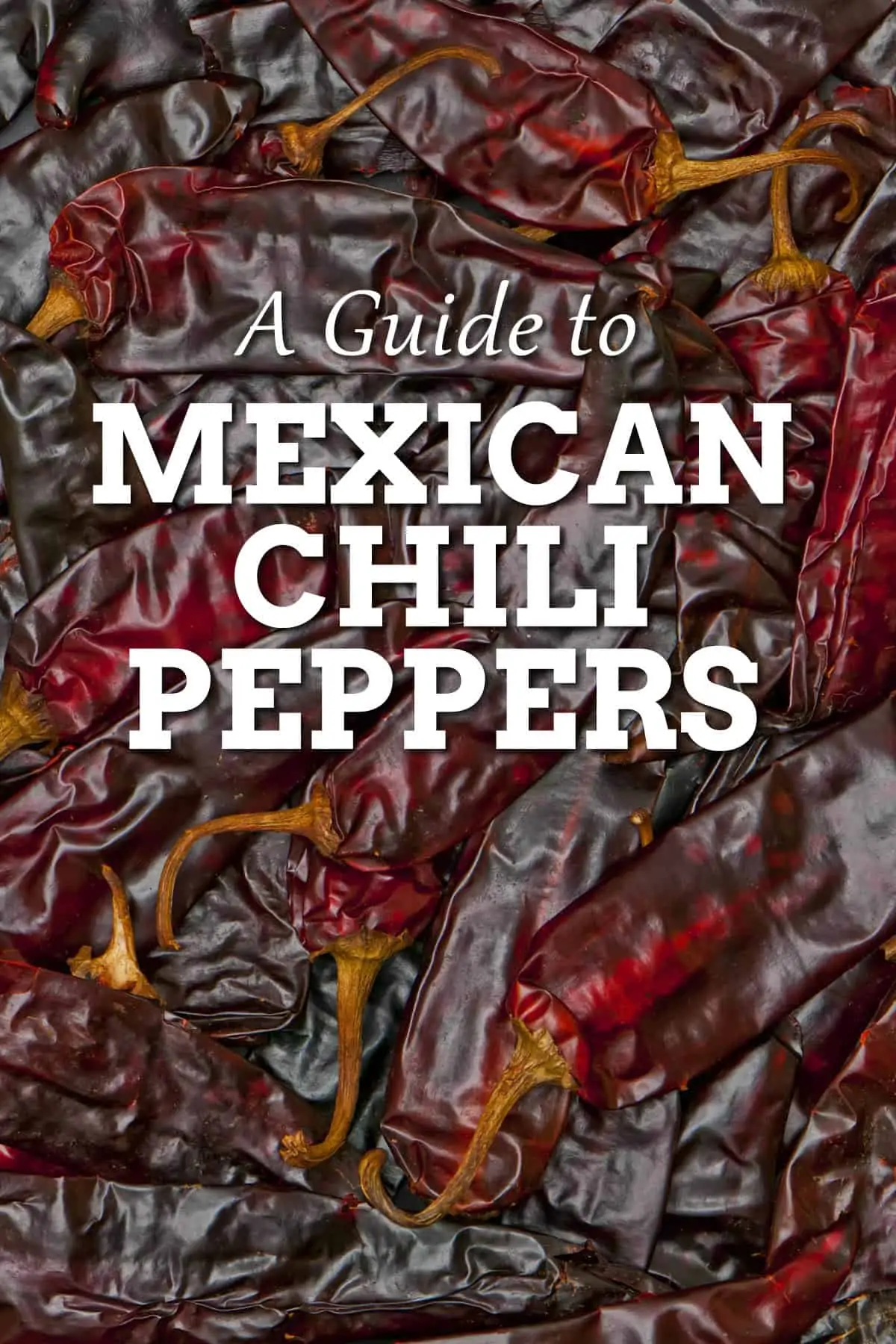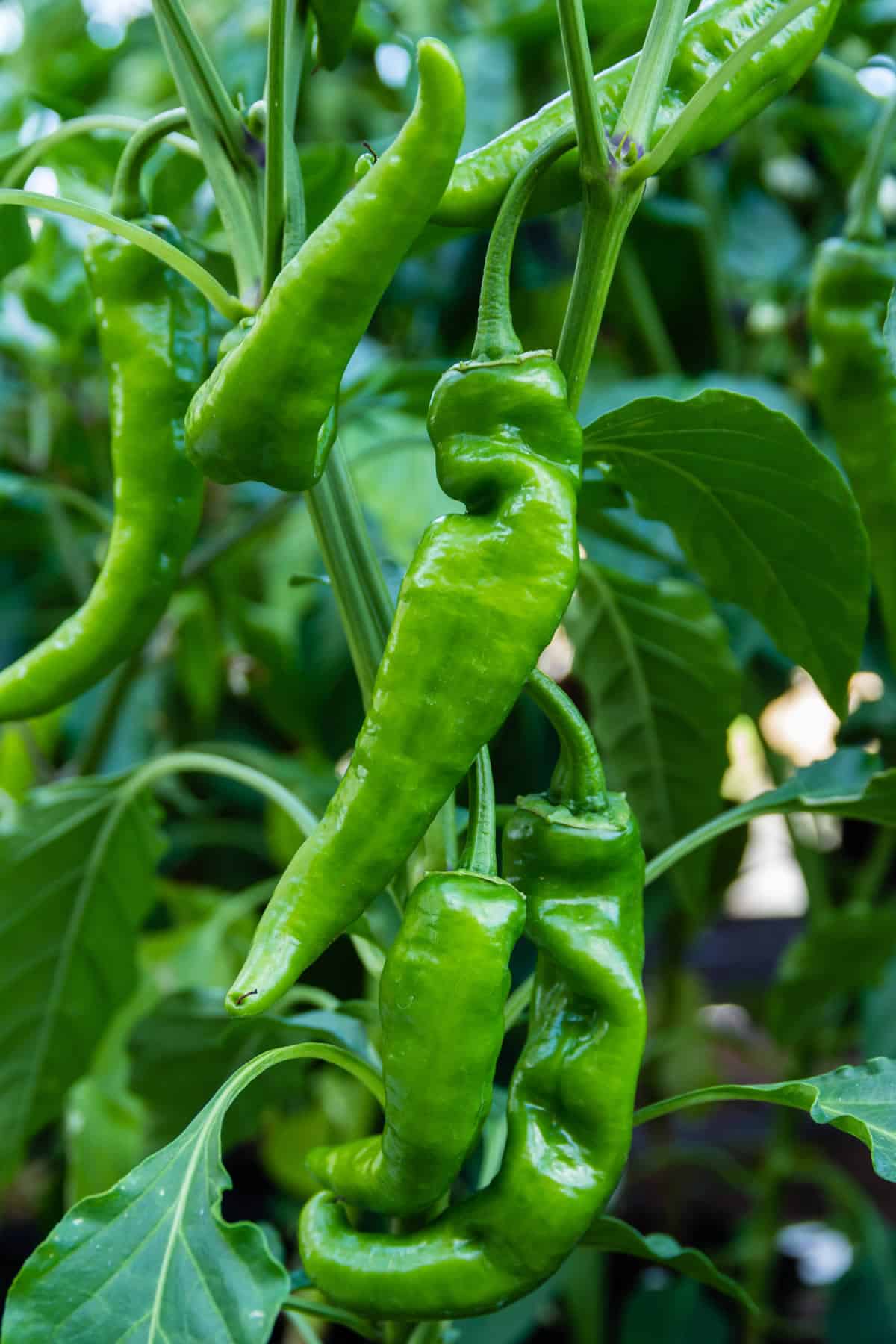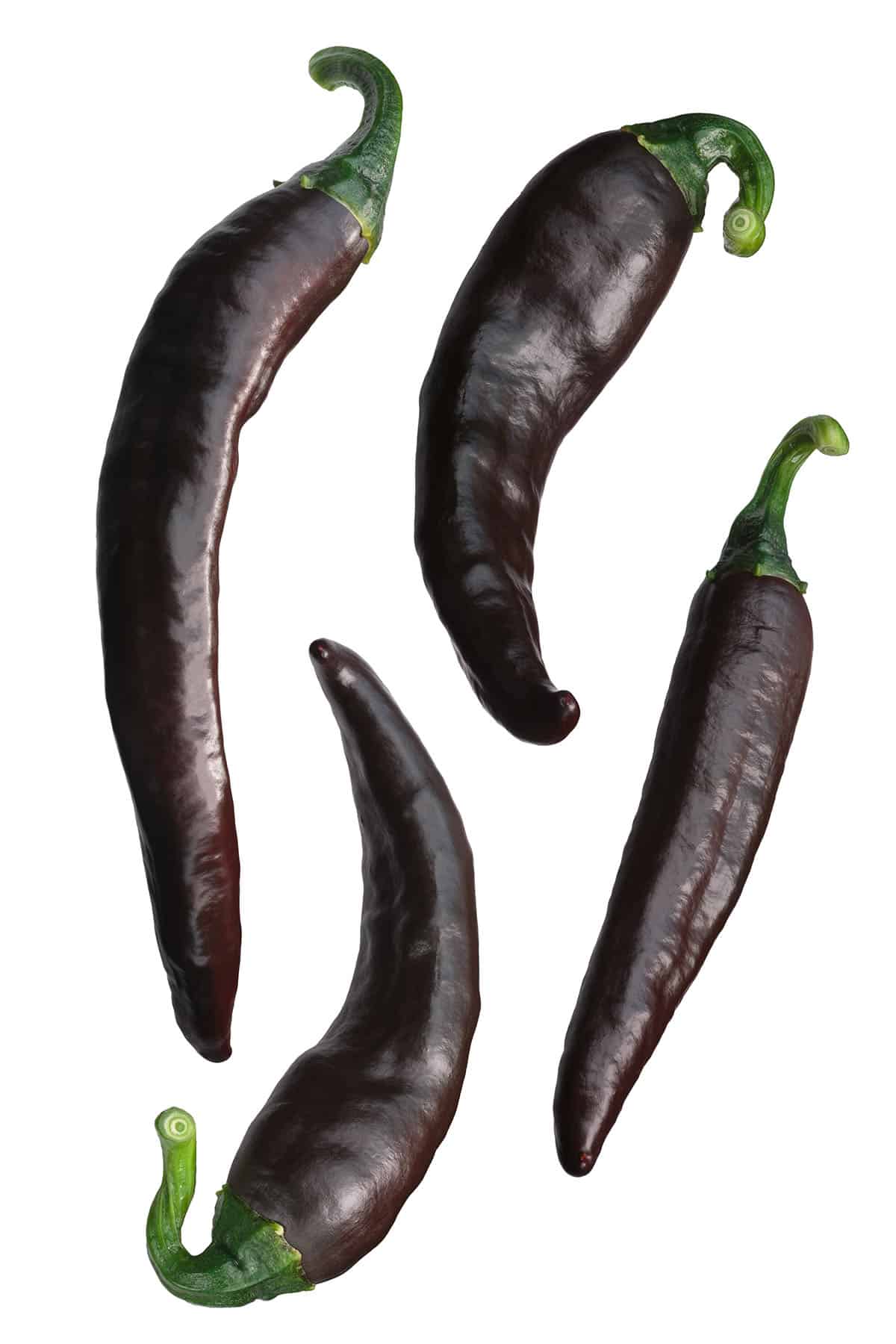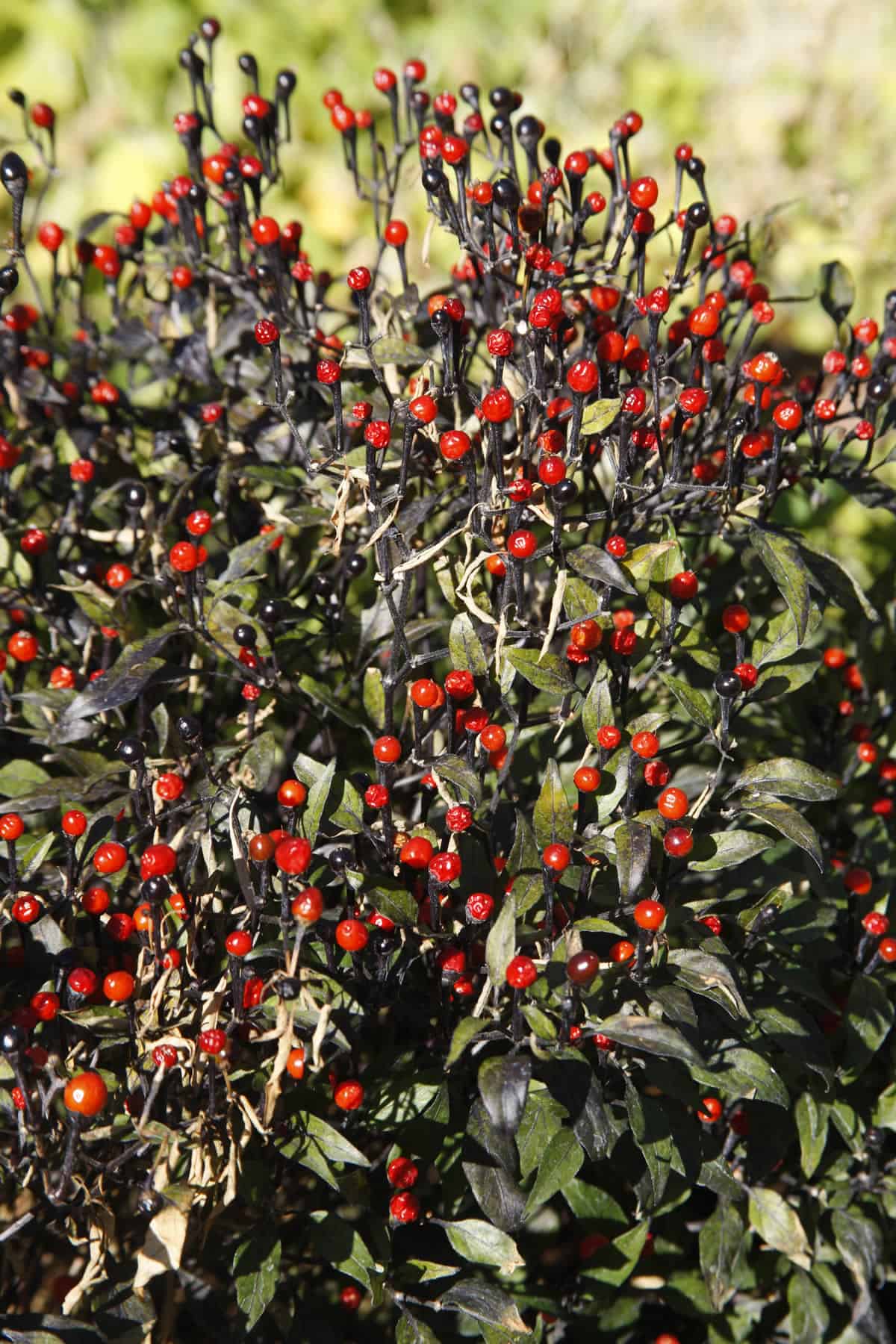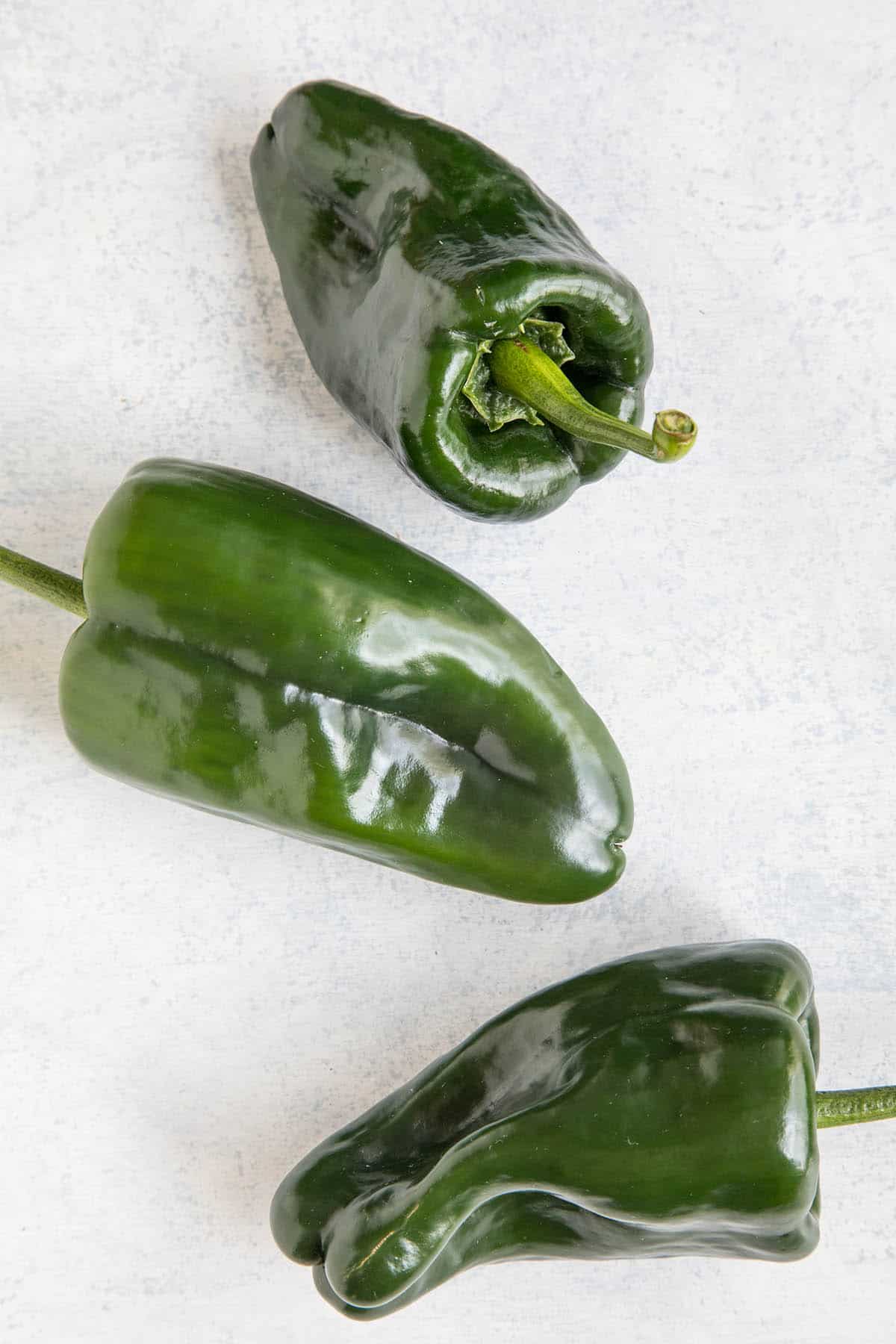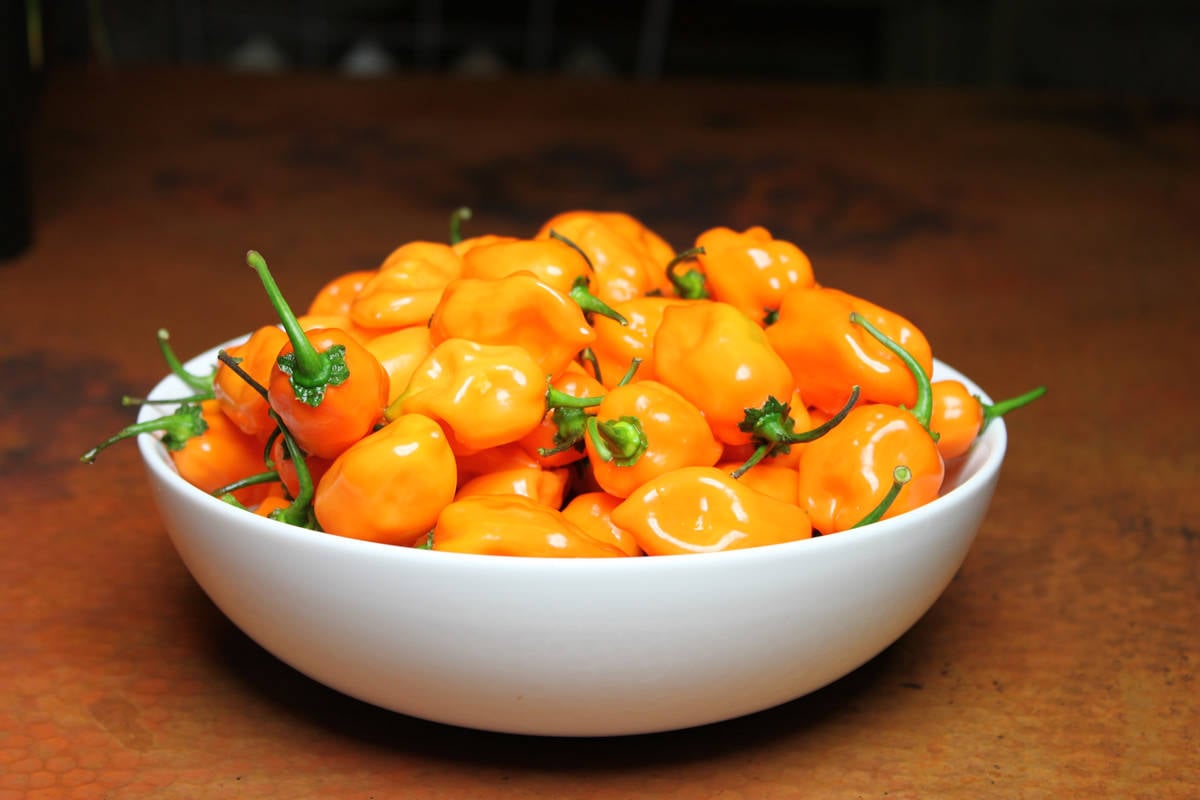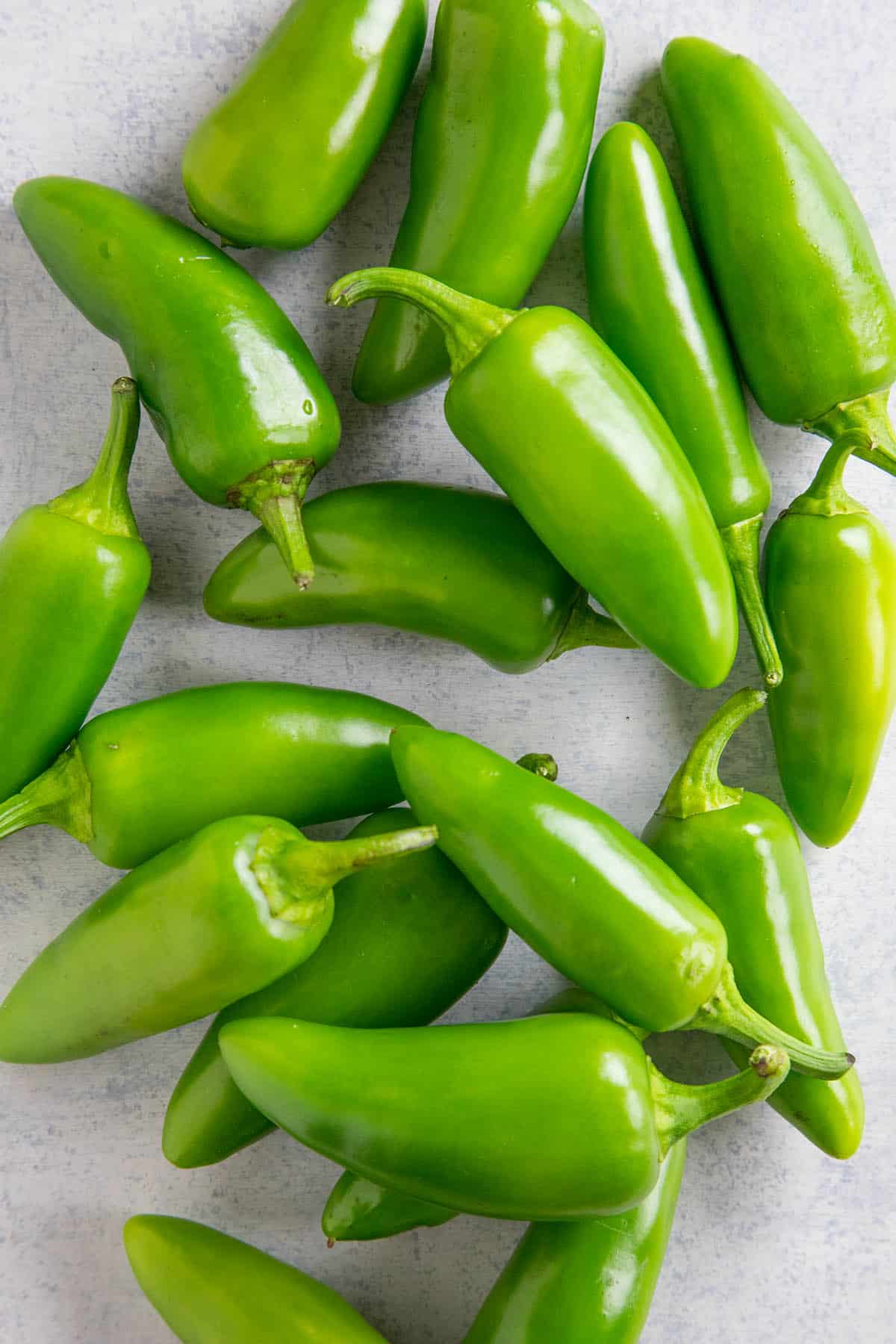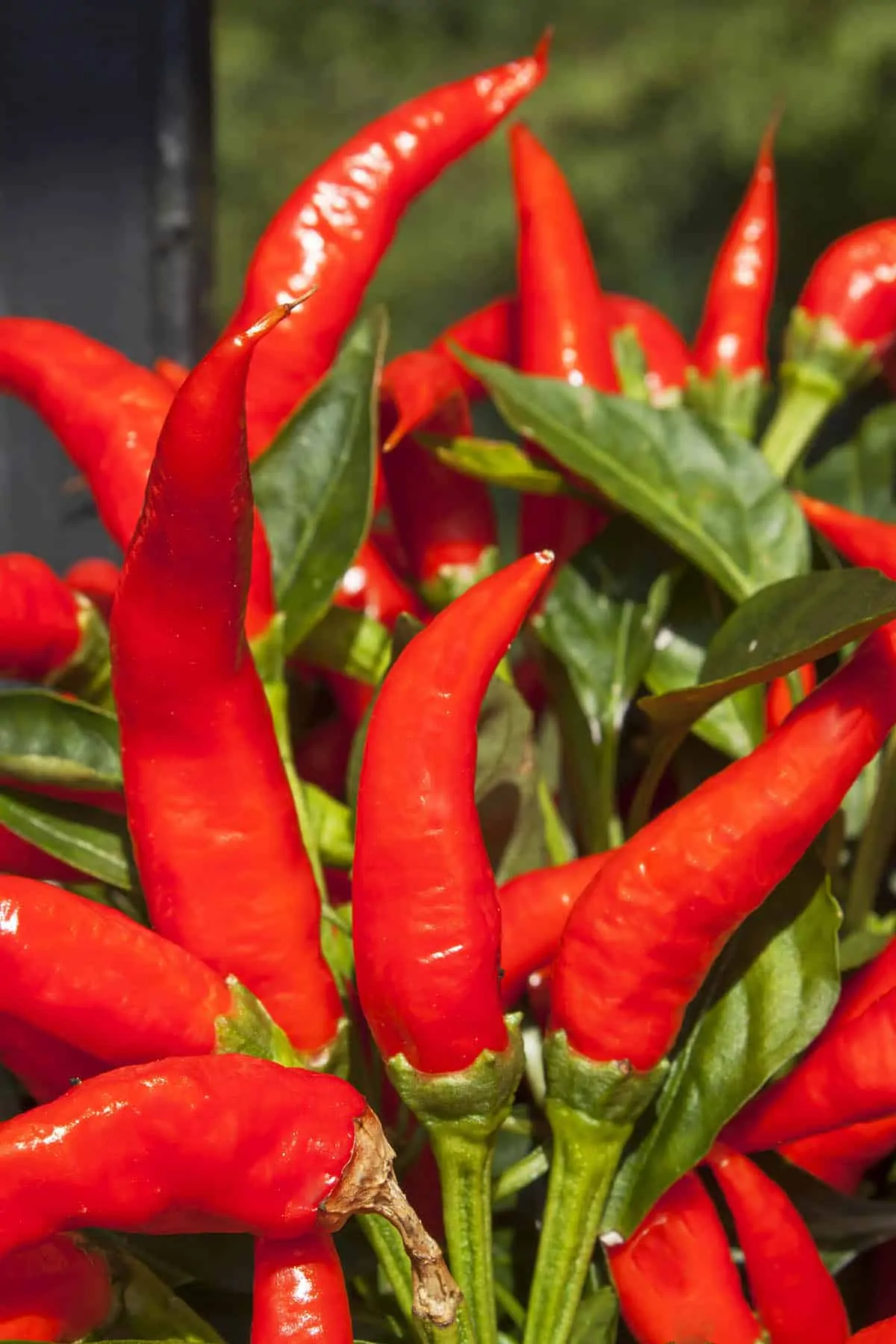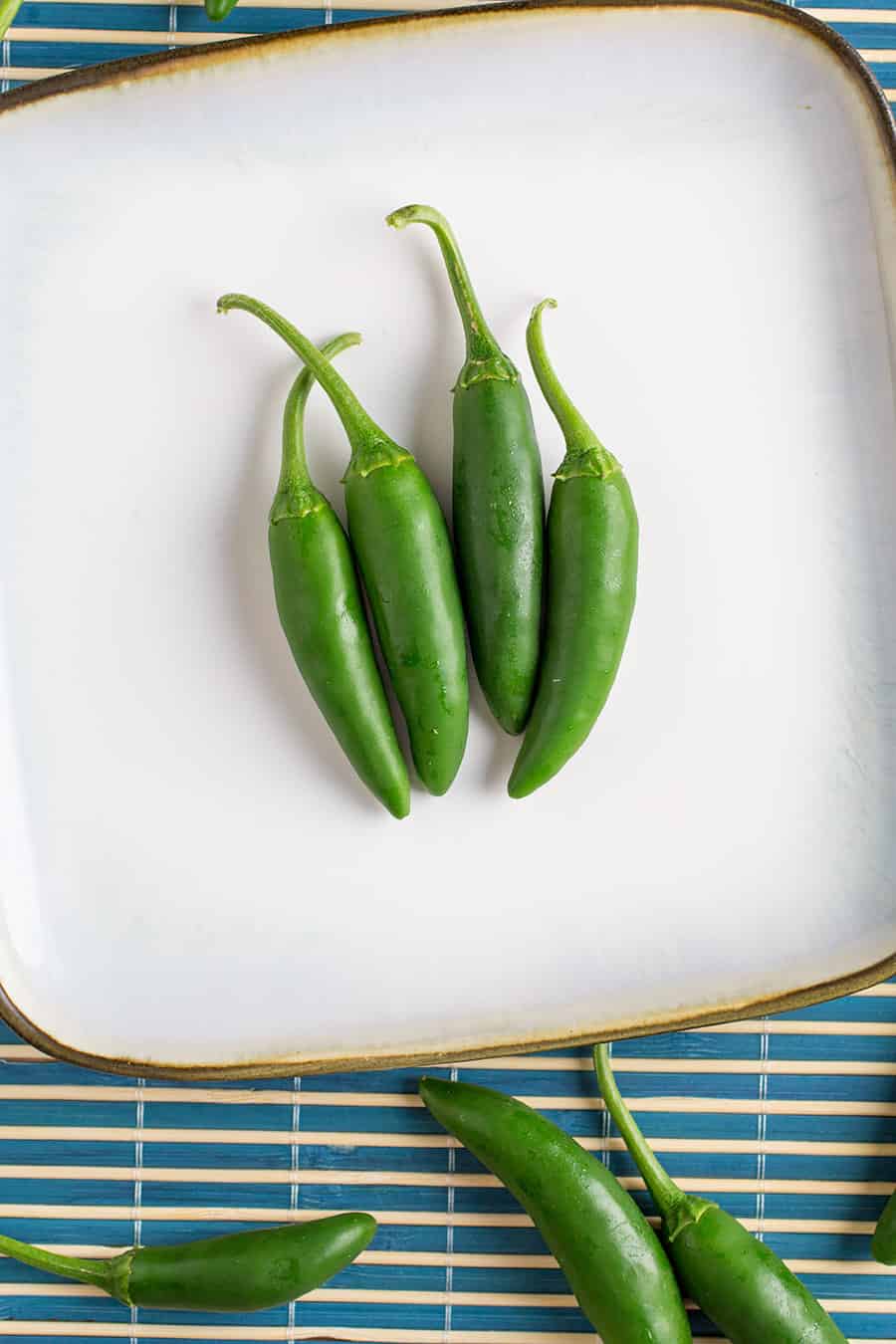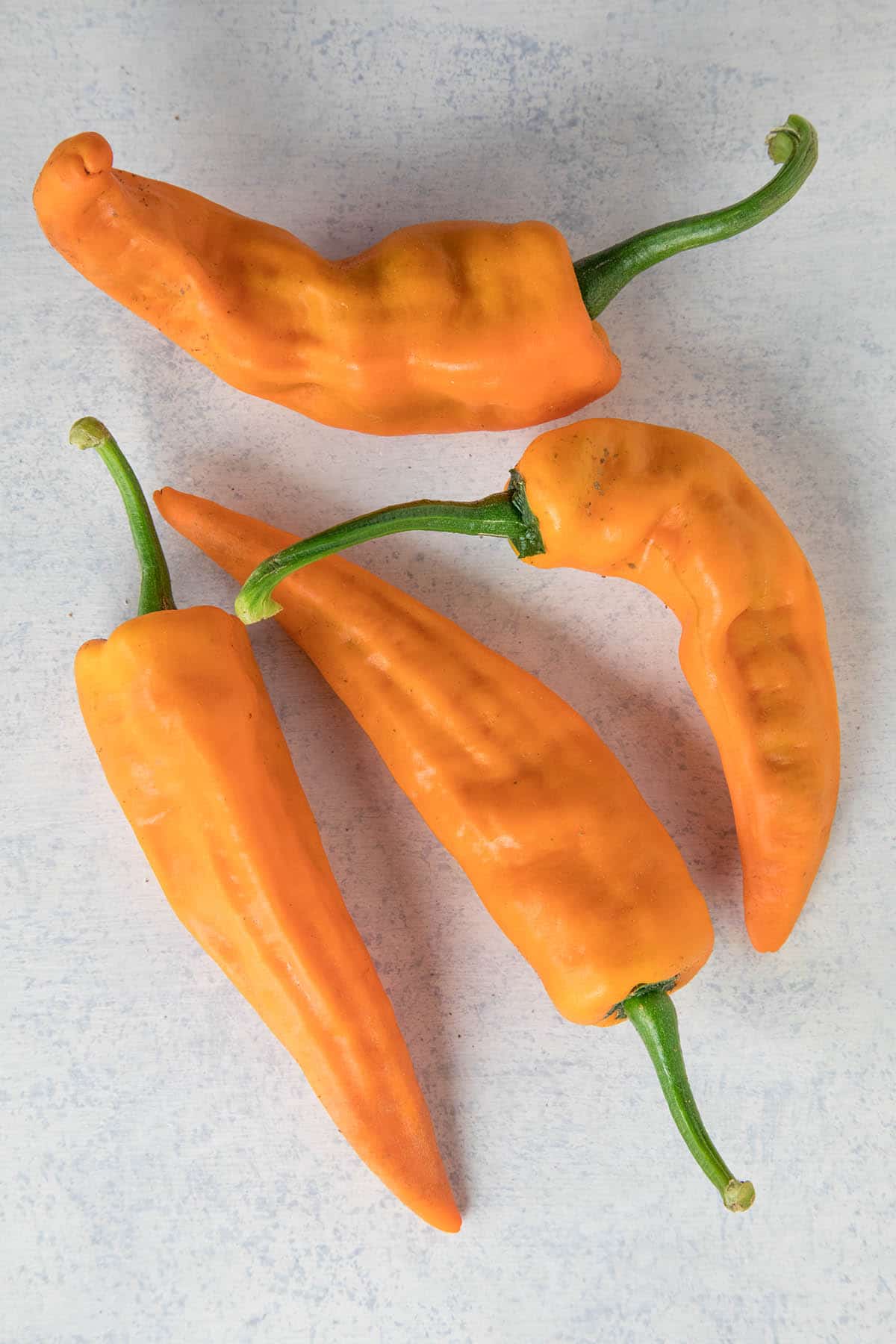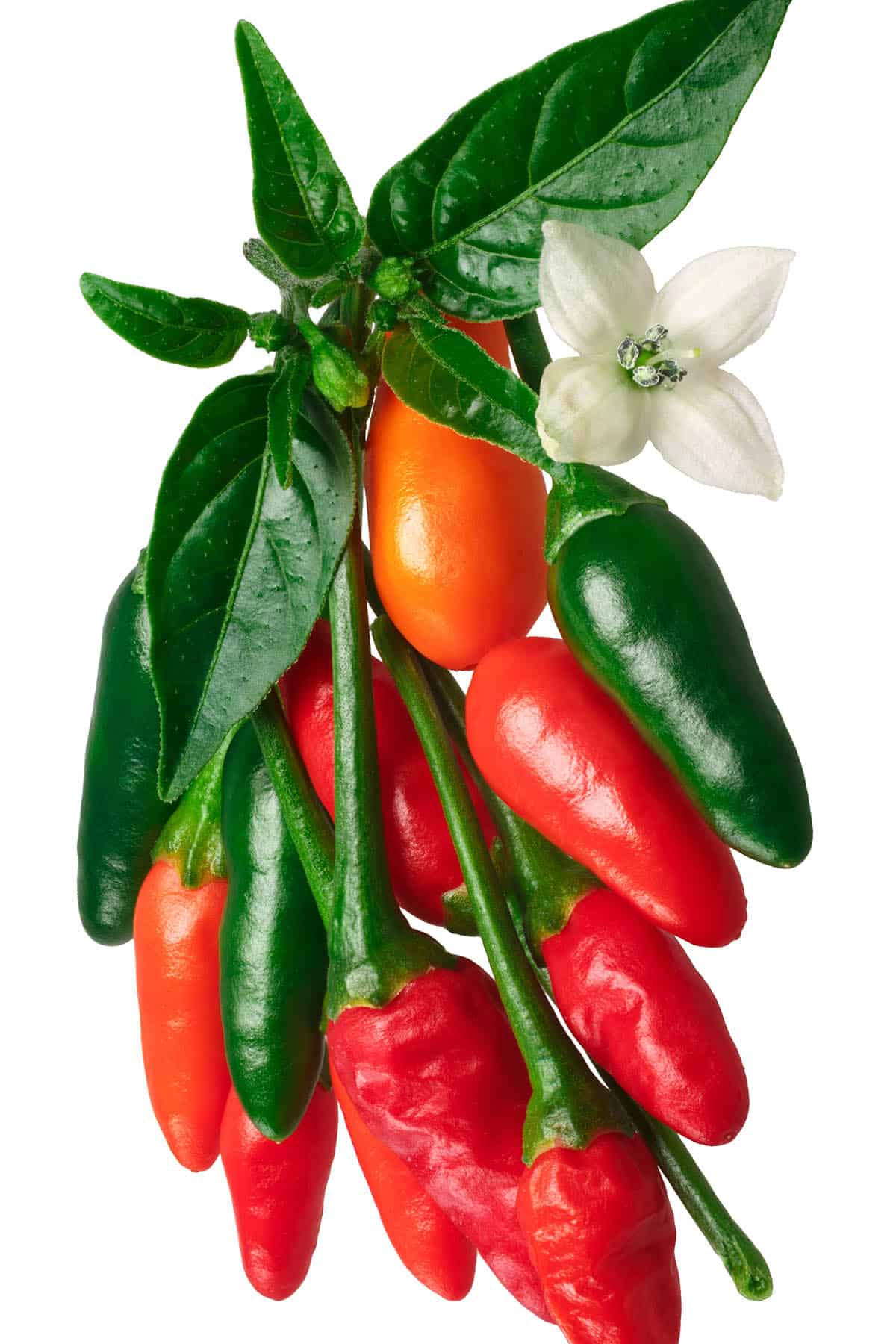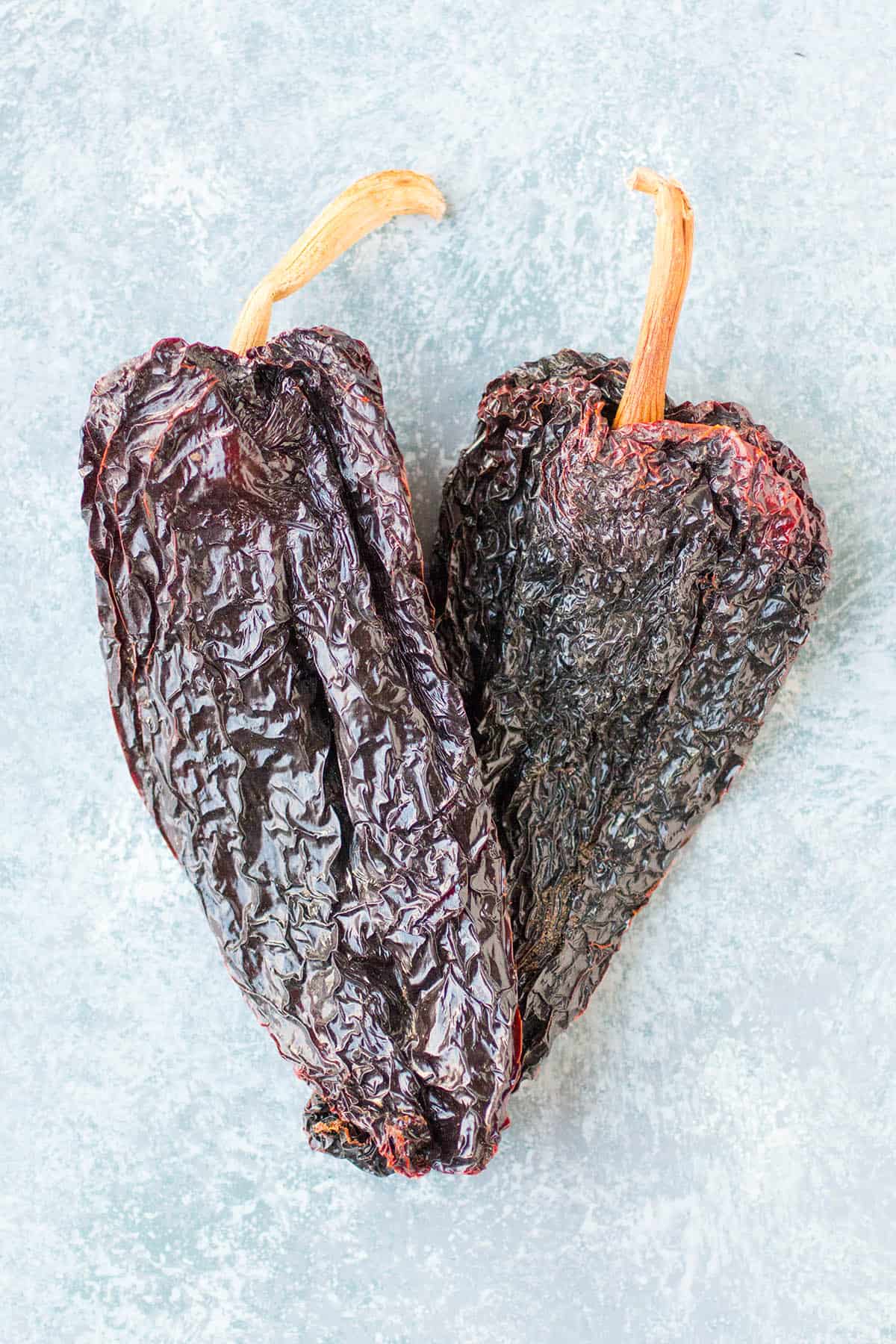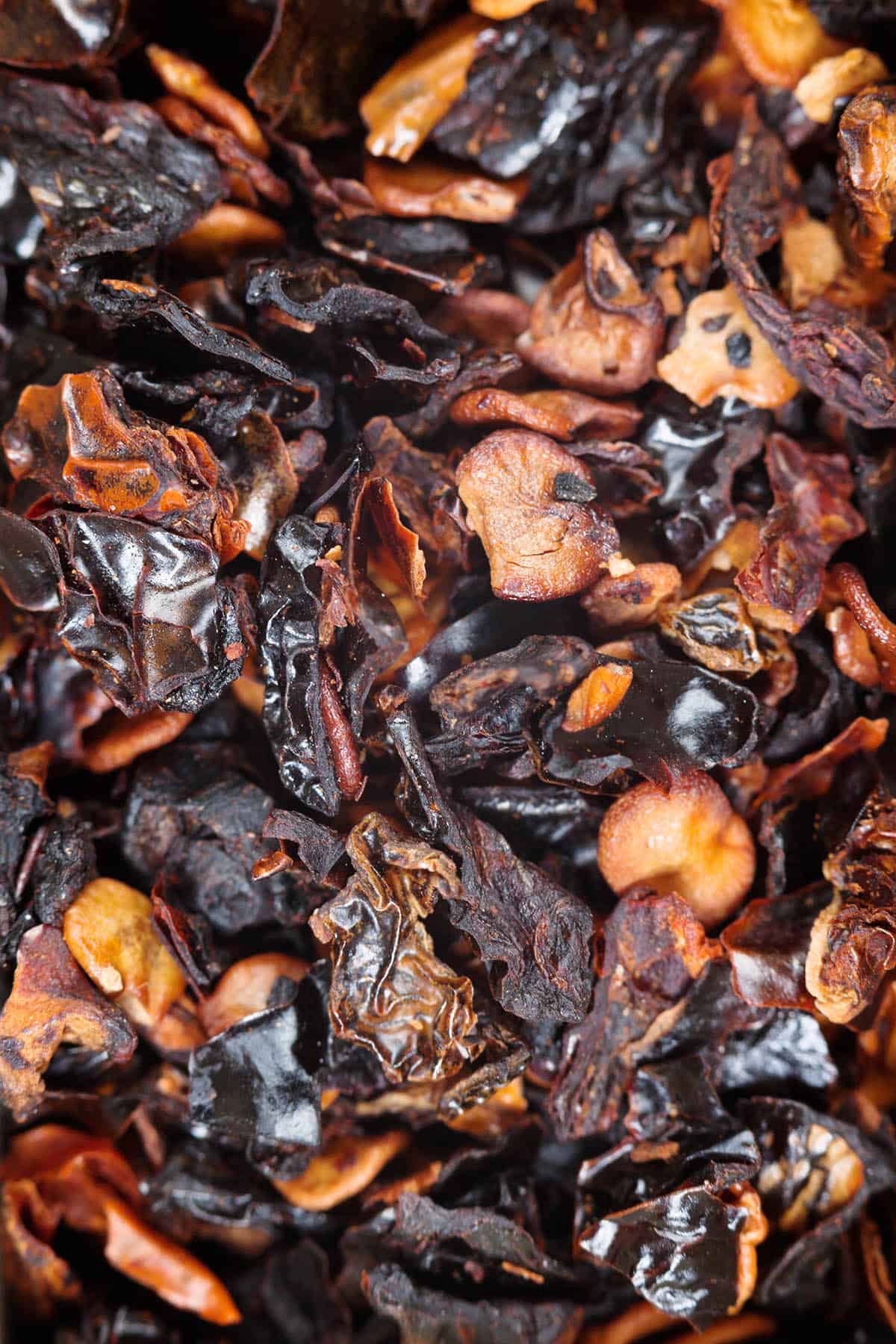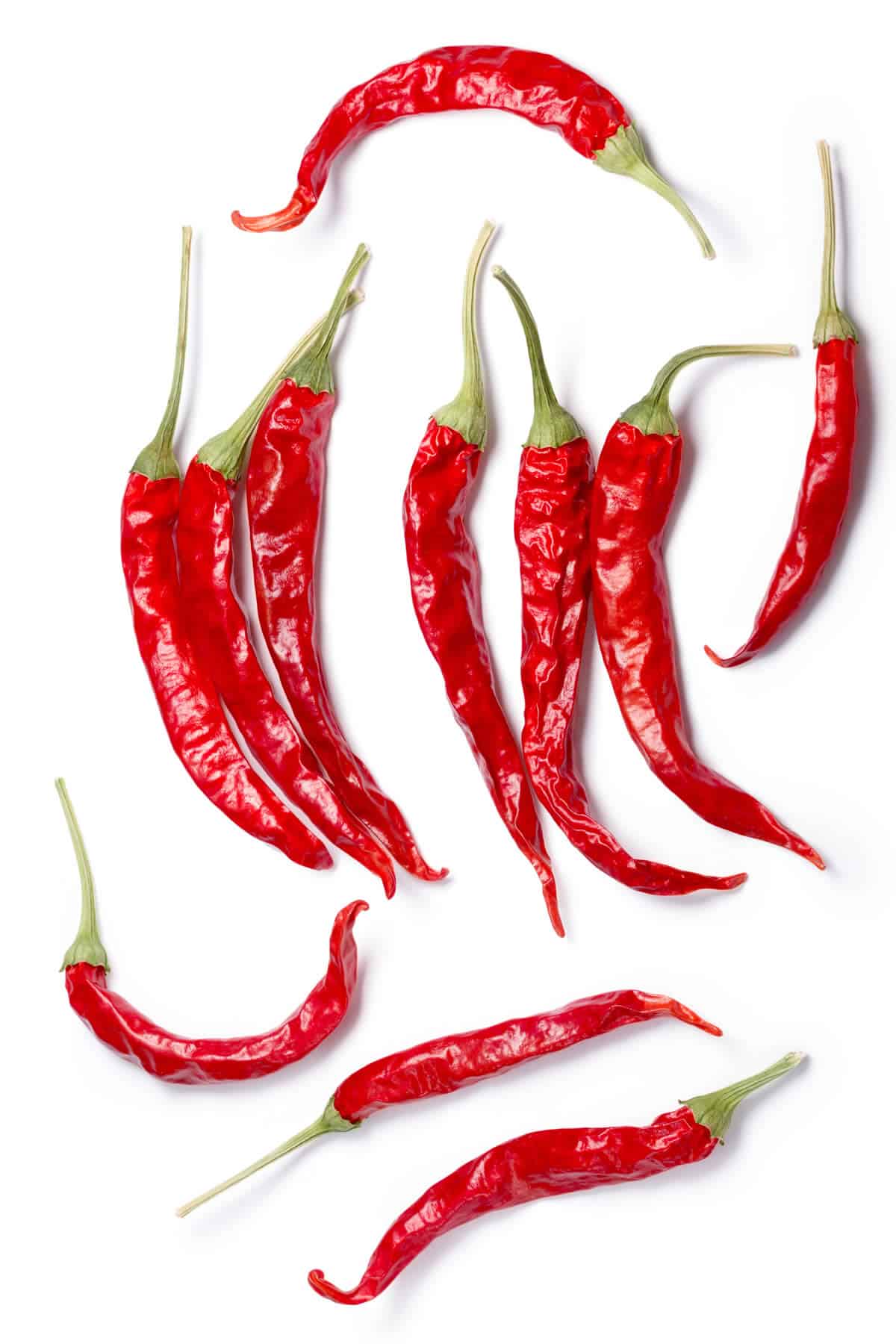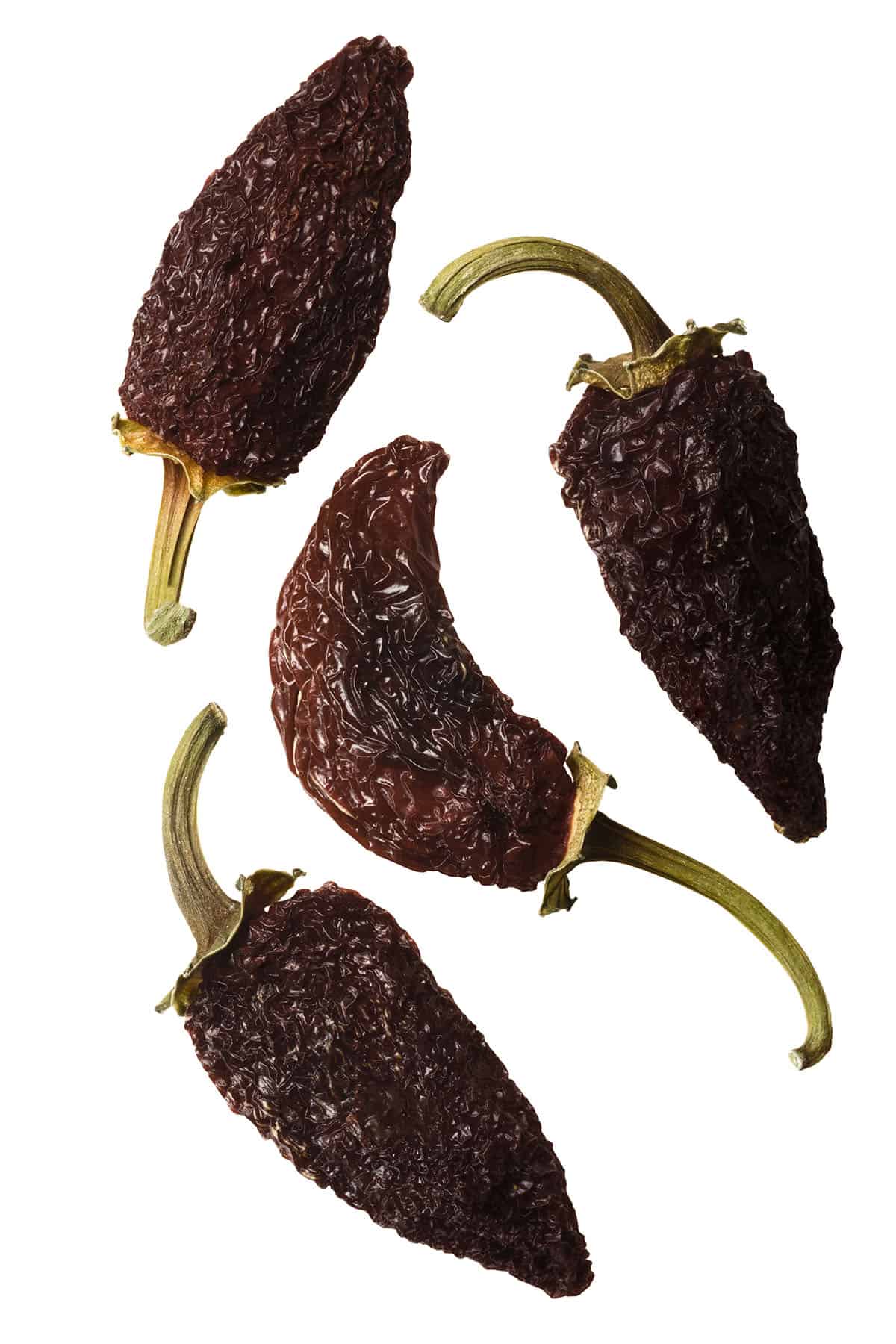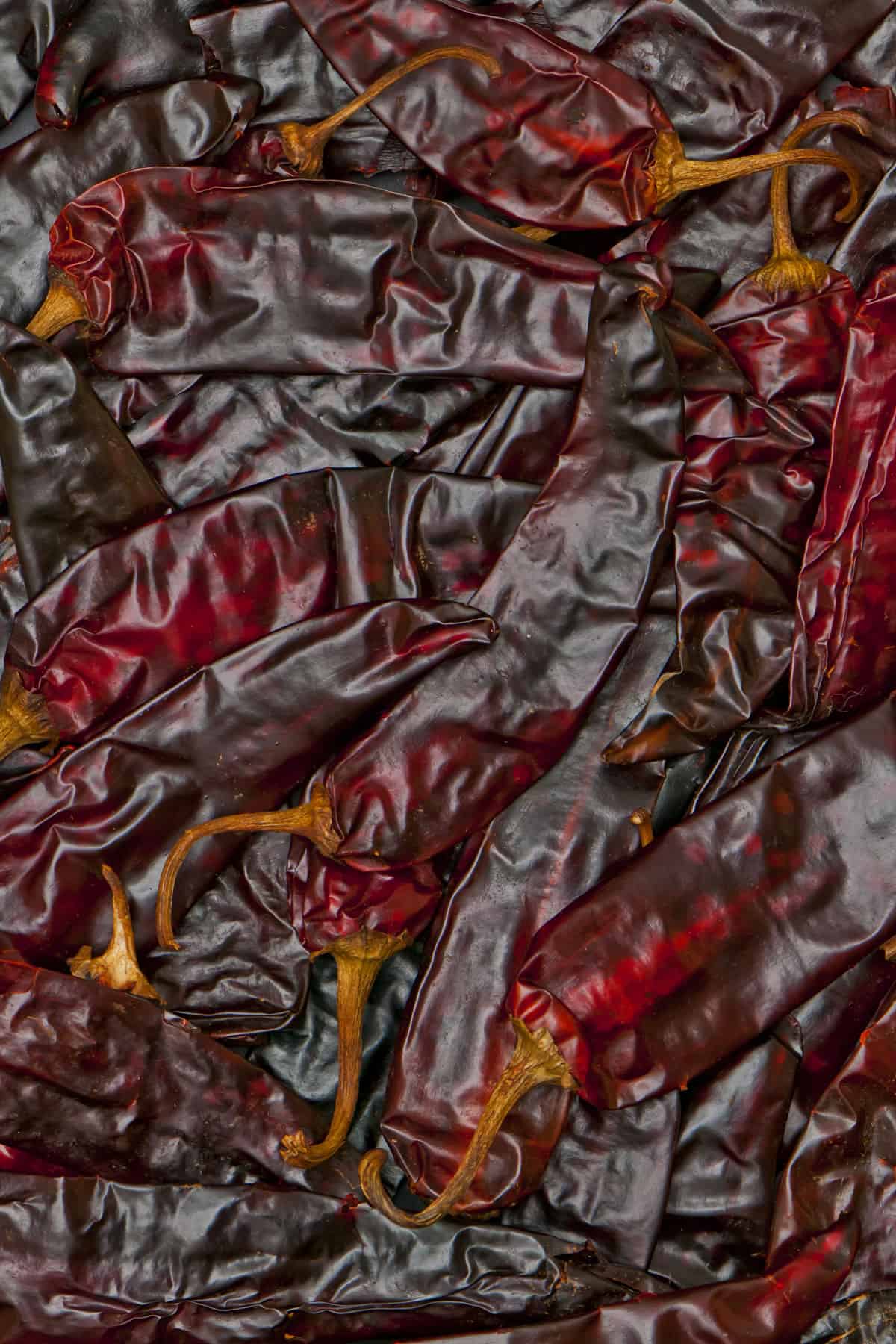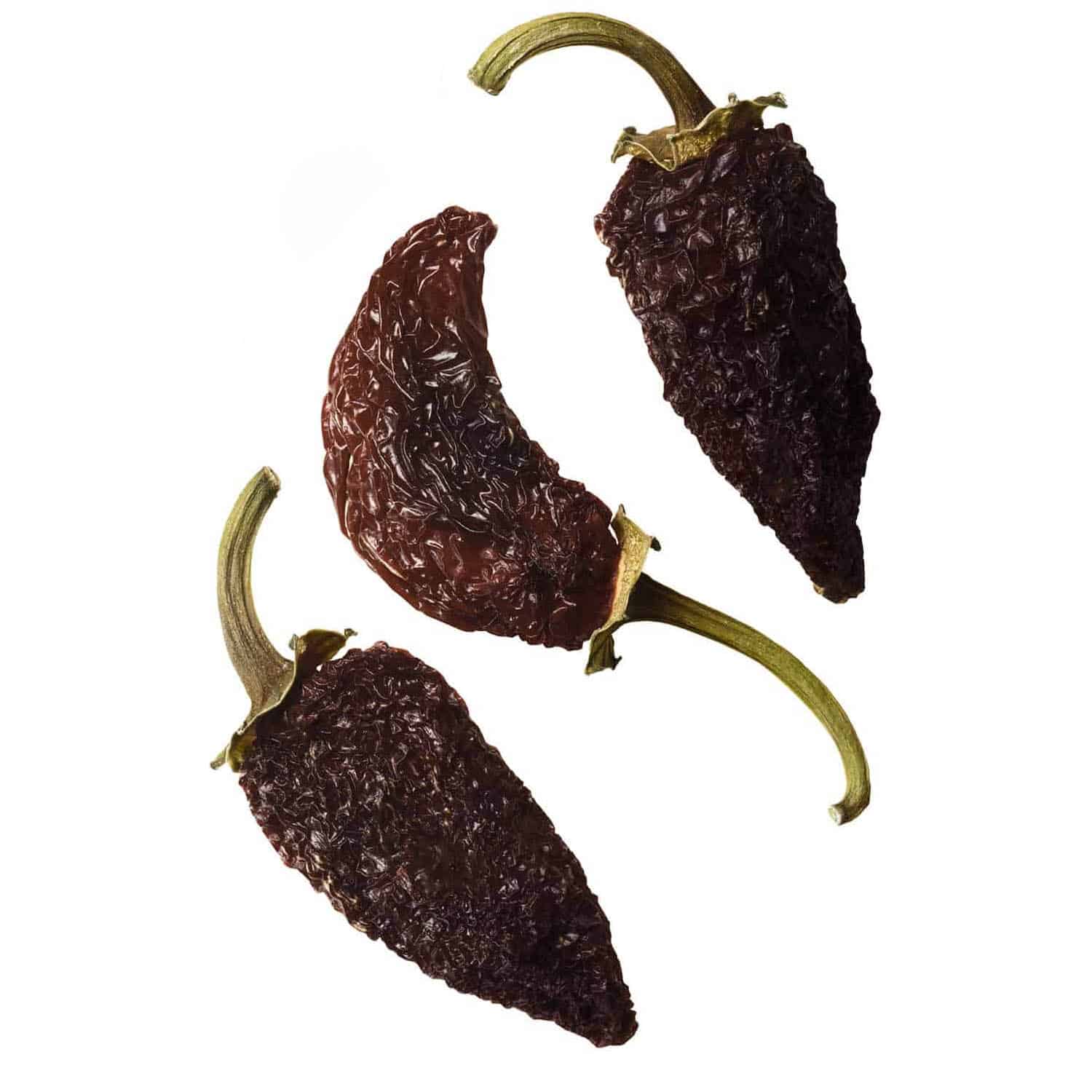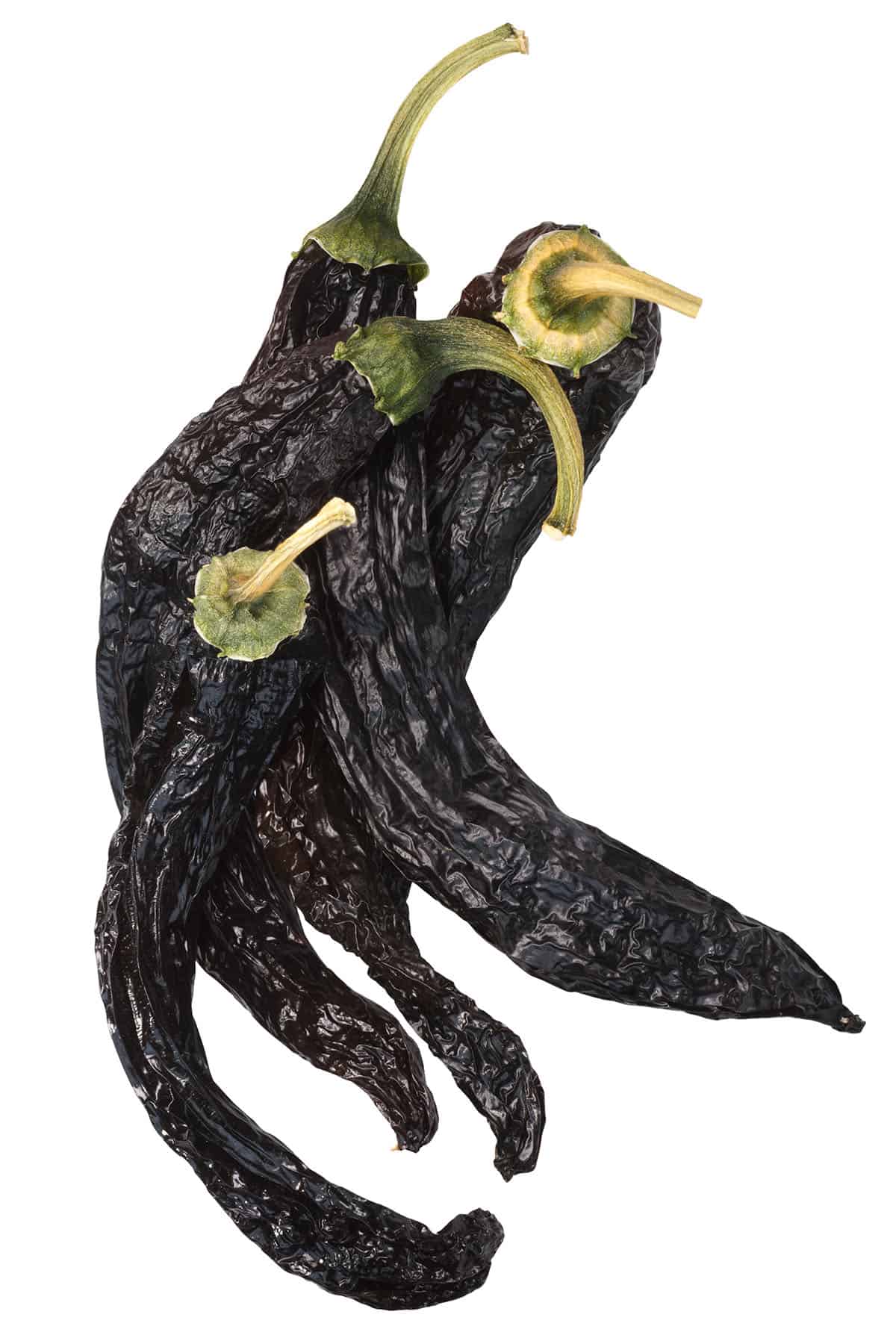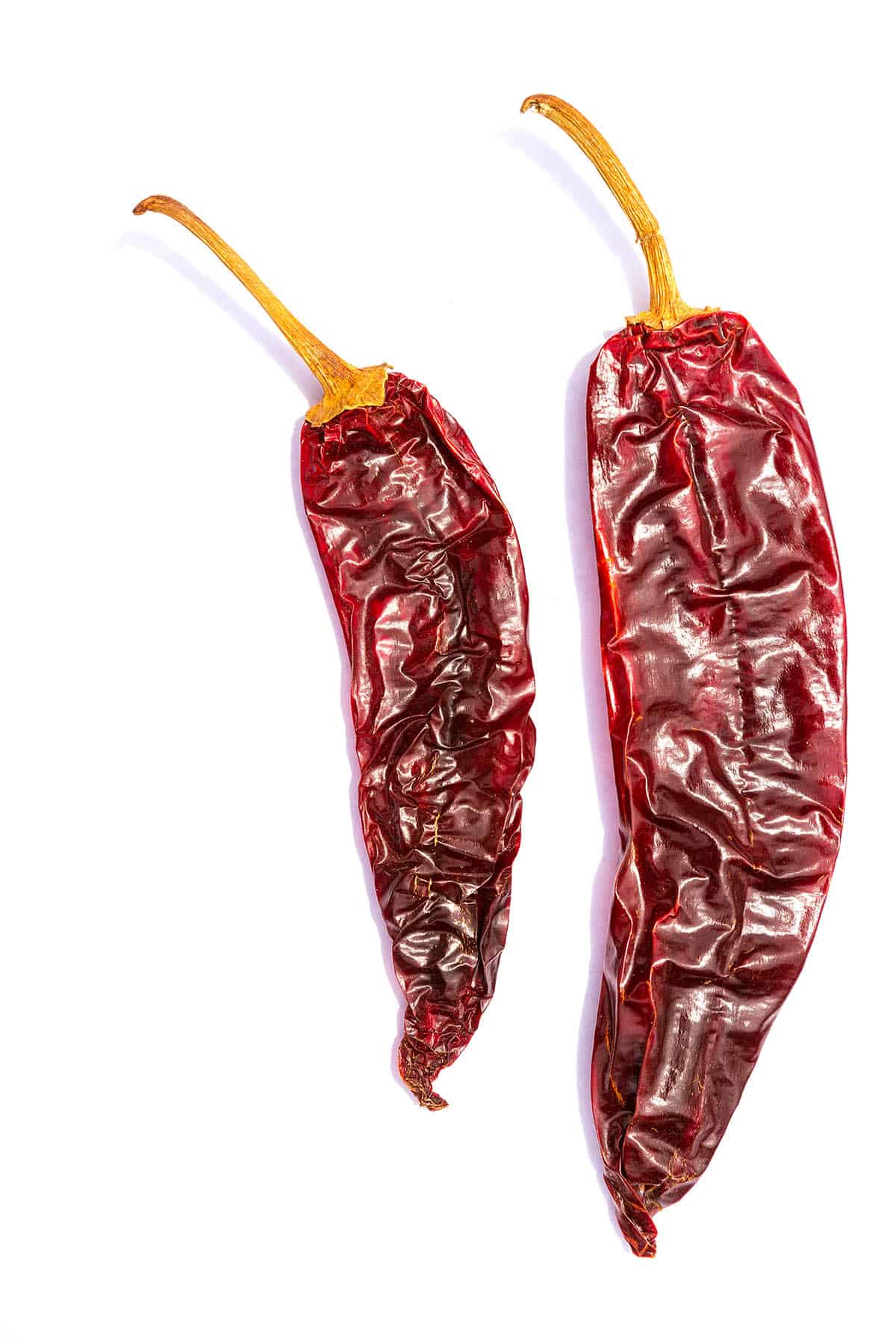Fresh Mexican Chili Peppers
Anyone who has ever tried Mexican food would have to agree that it ranks among the world’s most flavorful.
Chili peppers offer up both heat and flavor, though the best Mexican recipes focus on a balance of the two, without a specific emphasis on Scoville heat, though there are plenty of pepper options that offer a wonderful heat level for the spicy food lover.
Below is a list of the most commonly used chili peppers in Mexican cooking. It is not an exhaustive list. You’ll notice that many fresh peppers have different names when they are dried.
This is because dried peppers offer a completely unique flavor compared to the fresh version.
Many peppers are dried and smoked to add another flavor dimension, and also have different names. For example, a smoked jalapeno pepper is called the chipotle.
Mexico is filled with diversity, and certain regions favor certain chili peppers over others, though these are the most popular.
They are often referred to as California peppers, New Mexico peppers, or Magdalena. When picked and dried when green, the peppers are called “seco del norte”, “chile de la tierra”, or “verde del norte”. When picked and dried red, they are called California red or “chili colorado“, which is also the name for a famous pot of chili.
The fresh chilies are rarely used, but the popular dried form, the Pasilla, is great for many sauces in Mexican food such as enchilada sauces and mole sauces, or can be ground and made into a table sauce, or condiment. They are widely used in Mexican cuisine, though the dried pods have gained much popularity in the United States for their flavor and versatility.
They are often roasted and peeled when cooking with them, or dried. When dried, they are called ancho chilies.
Poblanos are commonly dried, coated and fried, stuffed, or used in mole sauces. Also, they are often roasted and peeled to remove the waxy texture, and preserved by canning or freezing.
I use poblanos to make chili verde, chiles rellenos, chile relleno casserole, and many other recipes.
They are also dried and sold as Ancho Peppers, which are also extremely popular and form the base for many sauces and other recipes.
With its terrific heat, its hint-of-citrus and fruity flavor and its flowery aroma, it has become a well-loved ingredient in many preparations including hot sauces and other spicy foods.
In Mexico, it is sometimes soaked in tequila or mezcal bottles for days or even weeks in order to make drinks even more fiery.
The majority of our jalapeño peppers come from Mexico, where the natives eat them as snack foods, plucking them in droves from sidewalk carts and fields. The red variety of the jalapeño is a bit fruitier than the green variety, and sweeter as well.
The flavor of fresh jalapenos as bright, vegetable and very green, with a slight level of heat. Roasted jalapenos peppers are richer, slightly smoky, earthy with good heat.
Jalapenos are widely used in Mexican cuisine in many different ways, like topping Mexican carnitas tacos or tacos al pastor.
The name translates to “looking at the sun” in Spanish, taken from how the peppers grow upright on the plant, literally “looking” at the sun as they grow on the plant with their bright red color.
You may know mirasol peppers by their dried variety, the guajillo pepper, which is much more common and hugely popular in Mexican cuisine.
The name of the pepper, serrano, actually is a reference to the mountains (sierras) of those areas. Serrano peppers are quite spicy, perfect for salsas, sauces, relishes, garnishes, making hot sauce and more. They are usually best when roasted.
I personally love serrano peppers for their delicious spicy kick, either roasted, pan cooked, or fresh as a garnish.
This pepper grows in the Andes from Chile to Columbia, as well as in Central America and Mexico.
It is also known as the” locoto pepper”through South America, or as the “rocote”, or as the caballo or “horse” in Guatemala and some parts of Mexico.
Pequin peppers are popular for making sauces, hot sauces and salsas because of their combination of fruitiness and heat.
They can be easily added to pots of soup or stews, with just one or two of these tiny peppers, punctured or sliced, adding a nice kick of heat to a whole pot of food. They can be dried and ground into chili flakes or powdered, or pickled.
It is so important, in fact, that the peppers get their own name after being dried. Instead of simply calling them “dried poblanos”, they are called “ancho peppers”.
Just like any dried chili pepper, ancho peppers are usually rehydrated before using for cooking.
The process involves soaking the ancho peppers in very hot water for 15 to 30 minutes until they are softened. They are normally seeded and stemmed first. Once they are rehydrated, ancho peppers is commonly used for making thick sauces, such as mole sauce or adobo.
The Ancho is used to add flavor, heat, and color to the sauces, as well as the distinctive red color.
Recipes with ancho peppers include Chili Colorado, mole sauce, adobo sauce, enchilada sauce.
The cascabel pepper is characterized by a slightly smoky flavor with notes of nuttiness. Terms like earthy or nutty certainly apply. With a mild to moderate heat level, the Cascabel is perfect for adding a touch of heat to soups, salsas, stews and sauces. They are mostly consumed dried, and often ground into chili flakes.
Chile de Árbol means “tree chili” in Spanish, a name which refers to the woody stem of the pepper.
Chile de arbol peppers can be used in any dish to add heat and spice, especially chili, salsa, and hot sauces. It usually only takes a few peppers added to a pot for significant heat.
One of the most popular recipes using these peppers is chile de arbol salsa, which can be made from either fresh or dried chiles. Use them to make salsa roja for drizzling over tacos, burritos, tortas, eggs like huevos rancheros and more.
I also enjoy using chiles de arbol for making hot sauce because of their nice level of heat.
These red jalapeño peppers are plucked and smoked for days with soaked wood until dried, turning them into chipotle peppers. There are actually 2 types of chipotle pepper.
They are great in moles, sauces, salsas and soups and chili, especially in salsa for tamales.
I use guajillos in the following recipes: Homemade Mexican Chorizo, Barbacoa, Chipotle Sofritas.
Chipotles offer up an earthy, smoky flavor and lend that spicy smokiness to any dish you’re cooking.
As they are dried, you can grind them into chipotle powder for mixing into soups, sauces, salsas and chilis, or you can rehydrate them and process them into a wonderful chili paste that will flavor anything you’d like.
It is widely used in Mexican cuisine, but also Tex Mex cooking, and has found it’s way into all manners of American cooking.
Use chipotles to make Chicken Tinga.
Mulato chilies have been used consistently for hundreds of years in Mexican cooking. It is part of the “holy trinity” (which is really more of a loose term) of chiles used in Mexican mole sauces, along with the Ancho and Pasilla chiles, and often Guajillo chiles.
It has flavors of chocolate or licorice, with a hint of cherry and tobacco. Because it is dried, it is commonly ground into chili powder. Whole or ground, it is perfect for many sauces in addition to mole.
They do have a delicate smoky flavor, however, which makes them very popular in many different kinds of Mexican dishes.
Featuring a rich smoky taste and earthy flavor, the pasilla often turns up in dried whole form or as a powder in Mexican salsas as well as in mole sauces and adobo sauces.
The pasilla can even create an interesting twist in the flavor and appearance of the standard red chili enchilada sauce. It is also a favorite in combination with fruits or accompanying duck, seafood, lamb, mushrooms, garlic, fennel, honey or oregano.
Puya chile peppers are a favorite in Mexican cuisine for making salsas but also for making sauces, particularly mole sauces, to flavor beef and pork, various seafood dishes, vegetables, and for use as ground chili flakes.
They are used for seasoning soups and stews, breakfasts and dinners and anything in between.
If you have any suggestions for peppers that might be added, please feel free to contact me and I will be very happy to review. – Mike H.
“Chili”, on the other hand, is used more often, and is the Americanized spelling. In England and Europe, “chilli” is more commonly used. See my post on How to Spell Chili Pepper? Is it Chili, Chile or Chilli?
